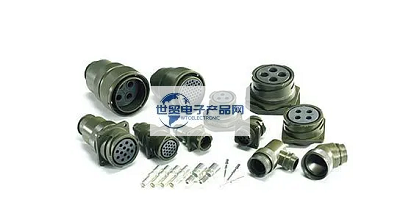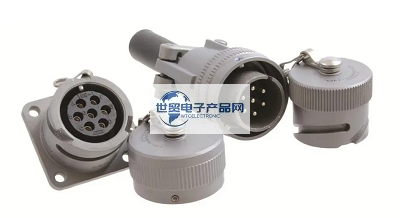Categorization:Product Information
How to choose industrial connectors? To choose an industrial connector, you must determine what needs to be fixed in the plug and socket, what needs to be moved, the environment of use, and determine the voltage and current parameters. Both ends of the cable are connected to power supply and electrical equipment respectively. Plugs or sockets for industrial connectors installed at both ends respectively. When choosing, this is like a wall outlet or patch block at home. Think hard about who's moving and who's fixed. The product itself focuses more on fast connection. Easy connection and reliable connection can be made through ergonomic design of plug socket shape, locking, unlocking, etc. Wall switches, flap plugs and lead sockets for everyday use are ideal for places where load currents are low. Poor contact often brings potential failure hazards such as heat generation. Industrial connectors use trocar structures that have greater self-fixing properties than contact pressure or contact area than ordinary sockets. In more demanding industrial sites: Due to the high probability of liquid flow and the high density of air dust, it is necessary to choose a heavy load protection product with a protection level up to IP67. The product itself often uses PBT materials to introduce the application places of anti-manufacturing industrial connectors. The Chinese name of PBT is polyterephthalate, referred to as saturated polyester for short, which is a highly crystalline thermoplastic.

-------------------------------------------------------------------------------------------------
Advantages: 1. Mechanical properties and stability. Tensile strength is similar to tensile coefficient and nylon. 2. Small friction coefficient and self-lubricating. 3. Low absorption rate; 4. Excellent electrical characteristics; 5. Good dimensional stability; 6. Excellent drug resistance and oil resistance. Application scenarios: 1. Electronic equipment: melting line circuit breakers, electromagnetic switches, return transformers, household appliance handles, connectors, housings, etc. 2. Automobile: door handles, bumpers, distribution plate covers, fenders, conductor covers, wheel covers, etc. 3. Industrial parts: OA fans, keyboards, fishing tool coils, spare parts, lampshades, etc. High-quality materials make the sturdiness worse and can adapt to complex environments. Key points of industrial connector design 1. Understand the functional requirements of connectors. Suppliers need customers to fully express their needs. Otherwise, the customer's request may be misinterpreted. This is especially important when custom connectors need to be manufactured. 2. Consider mechanical stress. Temperature, shock and vibration generate stress between the interface and the circuit. The connectors are selected to avoid the effects of these forces. Use an interconnection system that minimizes the accumulated stress between the installation structure and the connection points. 3. Determine the current load capacity. As the size of the connector decreases, the current load capacity of the connector decreases. Generally speaking, mini connectors can handle currents between 200mA and 500mA, almost half the current rating of larger board-to-board connectors. To compensate for the problems caused by low current carrying capacity, designers may need to increase the number of terminals. 4. Consider connectors in the early stage of design. Engineers tend to get too focused on designing the entire system, putting industrial connectors in the final stages of design and then rethinking. They then attach themselves to their designs. Click "Designers ultimately need to select non-standard connectors to complete the design, which is not only costly, but also delays the delivery time. 5, Clear understanding of space constraints. Micro board-board connectors are usually less than 1mm thick, but are usually suitable for tightly packaged applications. To address potential packaging issues, designers must consider wiring on the PCB board and other wires connected to the connectors. 6, Consider the stability of small/micro connections. Without taking this issue in mind first, you can increase costs, he said. Damaged industrial connections need to be reconfigured, retrofitted, and marked. More costly, replaceable connectors may need to be replaced, and this change may extend the design time by another week or two.

---------------------------------------------------------------------------------------------------------------------------------------------------------------------------------------------------------------------------------------------------------------------------------------------------------- If you have related [connector wiring harness and cable products] purchasing/purchasing needs or want to purchase/understand which connector wiring harness and cable product solutions we can provide, please contact our business staff below; If you have related [Connector Wiring Harness Cable Products] sales/resources and promotion needs, please click "→ Business Cooperation ←" to negotiate with a dedicated person!